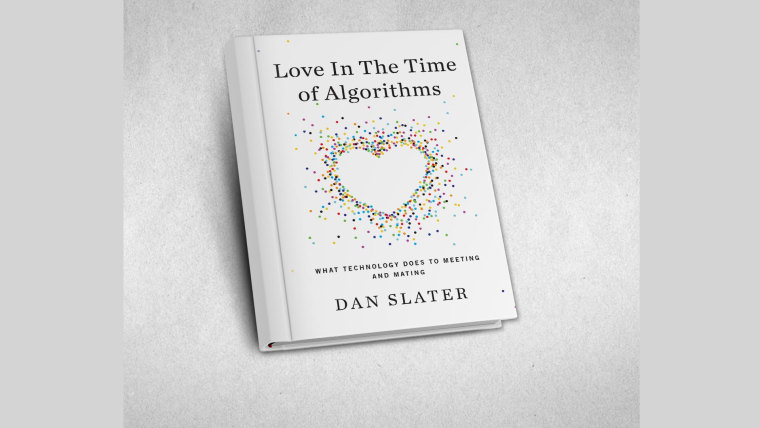While some people may find their soul mate through set ups, going to bars, or just randomly meeting someone in the street millions of Americans have found their perfect match through online dating. With one third of Americans looking for love online, it is becoming a big business. Did you know that it brings in $2 billion per year. But the question remains, is the online craze ruing monogamy? Dan Slater, Author of Love in the Time of Algorithms: What Technology Does to Meeting and Mating makes this argument.
Be sure to tune in for the full conversation at 3:40 p.m. and check out an excerpt from his book below.
Excerpted from LOVE IN THE TIME OF ALGORITHMS: What Technology Does to Meeting and Mating. Published by Current/Penguin. Copyright (c) Dan Slater, 2013.For virtually all of human history the search for a mate has been predicated on scarcity: One met only so many people in his or her lifetime. They optimized their options within a circumscribed pool, chose someone, settled down, and, in the best of cases, found something they called happiness. Even when women’s lib came along, and the legal and cultural restraints surrounding divorce began to ease in the 1960s and 1970s, making it easier to leave failed relationships, many chose to stick with the devil they knew because of scarcity, believing it was better to be in a so-so relationship than no relationship at all.Today, however, companies in the online-dating arms race are building ever more efficient, “frictionless” systems for bringing together people who are likely to like each other. By posing hundreds or thousands of questions and quizzes—or asking nothing at all—these sites offer endless choice, combining to form a vast mate-seeking arena I came to think of as the “date-o- sphere,” not a physical construct but not an entirely virtual one either, a special category of social media that yokes together enormous online communities for the purpose of offline relationships. So in 2010, when I discovered that thirty million single adults in the United States—about one-third of all American singles—had an online-dating profile, and that I couldn’t sit through a dinner party without meeting at least one couple, if not several, who’d met online, I became hooked by a simple question: What does all this connective technology mean for the future of relationships?
